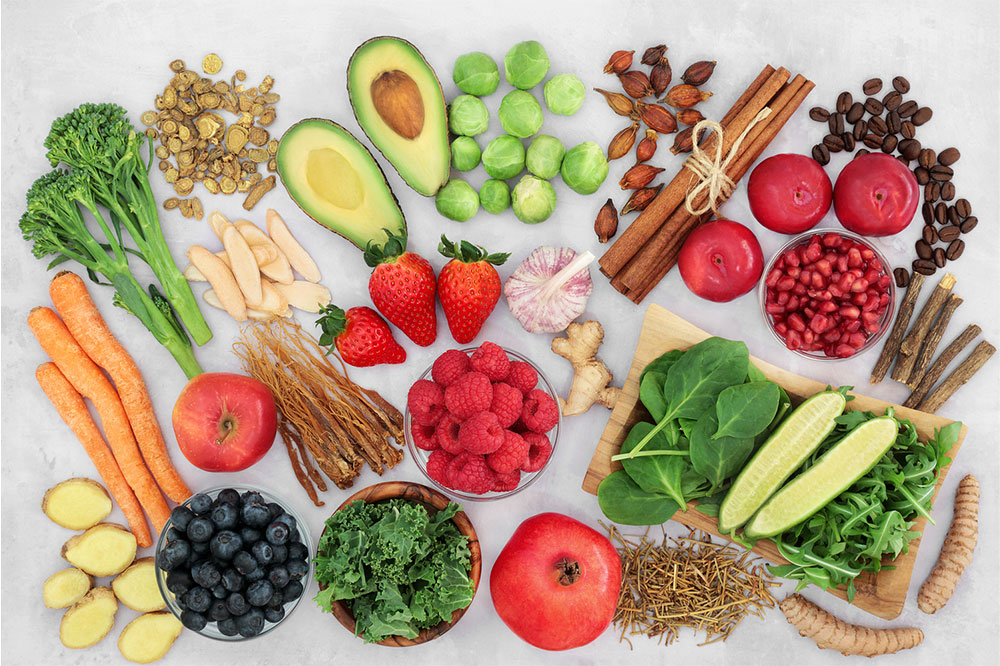Best foods for managing asthma symptoms

Asthma is a chronic respiratory condition characterized by shortness of breath, wheezing, chest tightness, and other symptoms. There is no cure for it; medicines can only help manage the discomforts and improve the quality of life. Furthermore, nutrition plays a vital role. Eating healthy prevents the symptoms from flaring up frequently and makes the condition more manageable. This article lists a few foods that help get rid of asthma attacks naturally.
Fruits and veggies
Fruits and vegetables provide the necessary vitamins and minerals to keep asthma attacks and symptoms at bay. Vitamin A helps improve lung function and can be sourced from leafy greens like kale, spinach, romaine lettuce, and broccoli. Spinach and Swiss chard also have magnesium that helps improve lung function, while sweet potatoes and carrots are rich in beta carotene. When it comes to fruits, apples and oranges are the best foods that help get rid of asthma attacks. They are loaded with vitamins C and E that effectively counter lung inflammation. Bananas are another rich source of potassium and antioxidants that help relieve wheezing in asthma patients.
Foods fortified with vitamin D
Vitamin D is one of the most crucial nutrients to fight asthma. Studies show that this vitamin helps reduce the risk of childhood asthma among kids between ages six and 15. While one can absorb vitamin D from sunlight, options like salmon, eggs, fortified milk, and orange juice are the best foods that help manage asthma symptoms naturally. Snacks, bread, and cereals fortified with vitamin D are other options to boost immunity and keep asthma attacks in check. Besides vitamin D, salmon also has omega-3 fatty acids that can counter inflammation and manage breathing difficulties.
Root herbs and spices
Ginger is an effective root herb that can soothe respiratory discomforts associated with asthma attacks. It is loaded with anti-inflammatory properties that relieve the symptoms and is easy to incorporate into daily meals. Fresh ginger extract mixed with warm water and honey can further help relax the airway muscles and regulate breathing. Garlic cloves are equally effective in eliminating lung congestion and countering inflammation in the airways. Turmeric, loaded with curcumin, is another active spice with anti-inflammatory compounds for better asthma management.
Besides eating these healthy foods to get rid of asthma symptoms, one must also drink sufficient water. Staying hydrated helps relieve mucus congestion and boosts the water vapor content necessary for the lungs to function optimally.


